- NC State
- Read Time: 5 mins
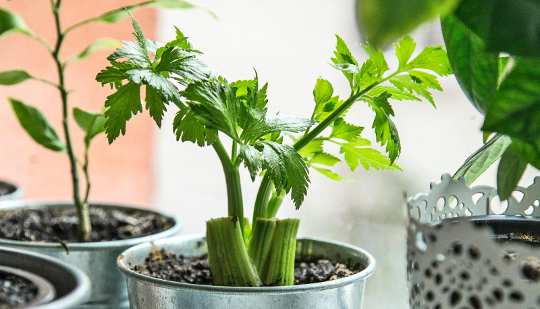
Some of the fruits and vegetables you buy have seeds in them. Can you plant those? It depends.

Some of the fruits and vegetables you buy have seeds in them. Can you plant those? It depends.

Many Americans are now experiencing an erratic food supply for the first time. Among COVID-19’s disruptions are bare supermarket shelves and items available yesterday but nowhere to be found today.
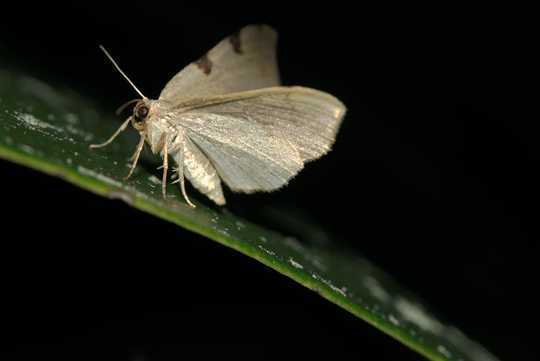
When you settle down for bed, after the birds and bees have hushed, moths are just starting their work.
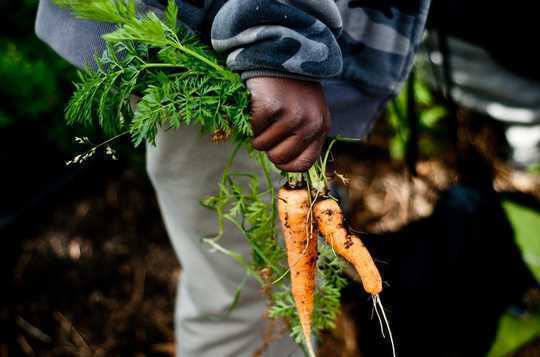
With the arrival of spring, many people have been starting to think about how COVID-19 will impact the affordability and availability of fruits and vegetables in coming months, as shortages of both honeybees and migrant workers threaten crop pollination and the food that comes with it.
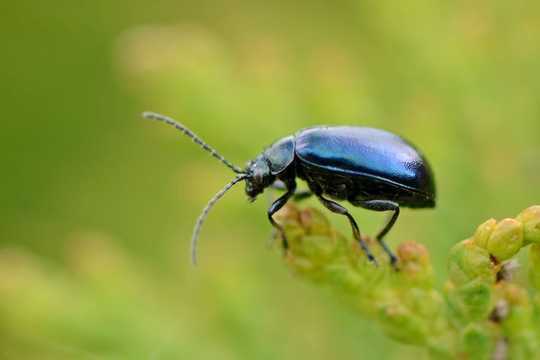
Insects, which include more than a million known species, represent roughly two-thirds of the described biodiversity on Earth.
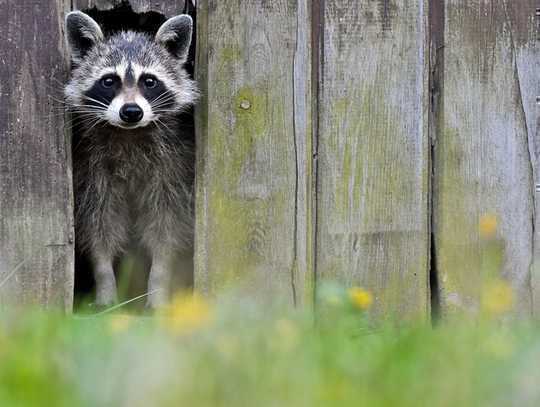
Many people are trying to grow their own food during the ongoing coronavirus pandemic. Hands are sketching plans onto paper.
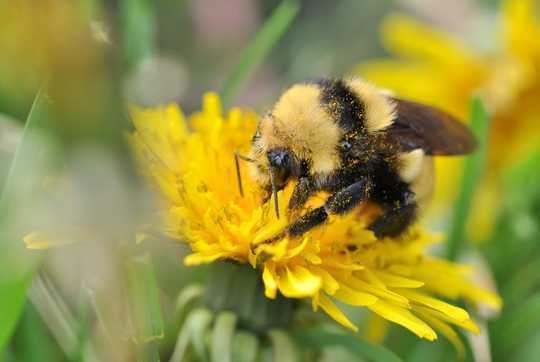
The first days of spring – brighter and warmer – are a biological trigger for female bees to wake up from hibernation and begin to build future colonies.

The coronavirus pandemic has set off a global gardening boom. In the early days of lockdown, seed suppliers were depleted of inventory and reported “unprecedented” demand.
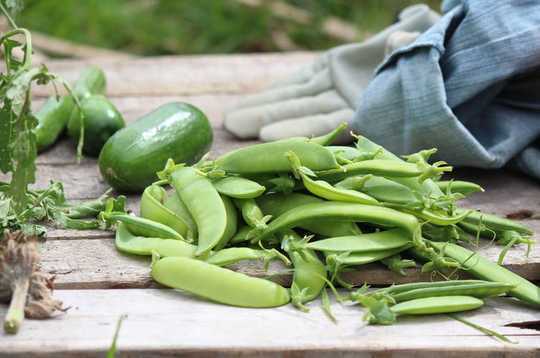
There is a long history of looking to one’s own garden or small farm when the weight of economic and political chaos becomes too much to bear.
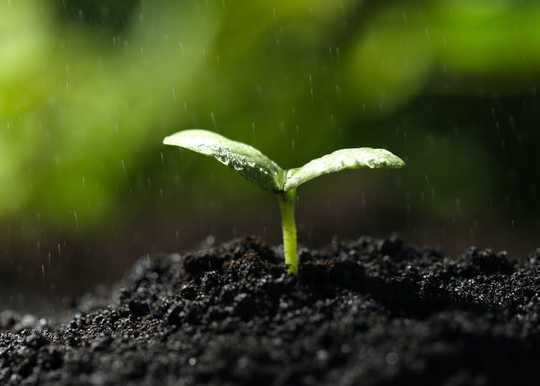
Did you ever wonder what causes that earthy smell that rises after a light summer rain?
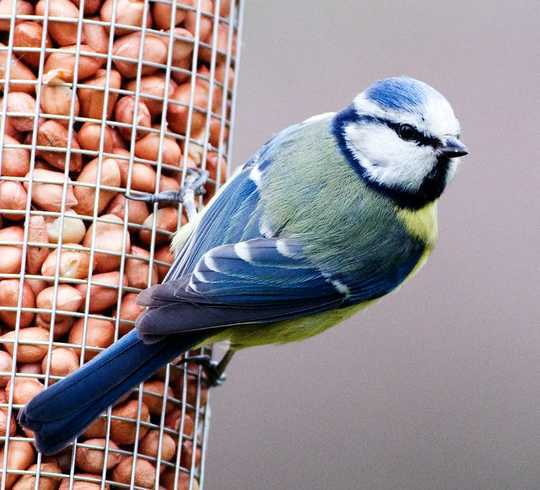
Being stuck at home during lockdown could be a golden opportunity to reset your connection with nature.
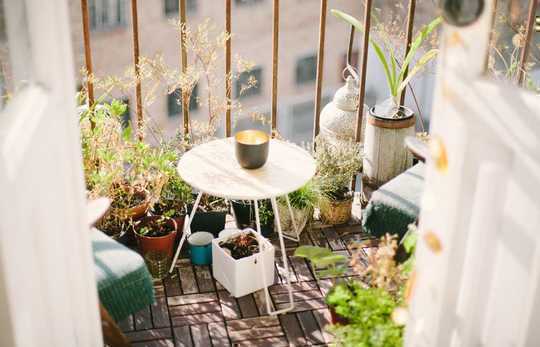
Right now, the best thing we can do to help stop the alarming spread of coronavirus is to stay home. But that doesn’t mean we can’t find pleasure in nature or help the environment.

Just like humans, animals like living near coastal plains and waterways. In fact, cities such as Sydney and Melbourne are “biodiversity hotspots”
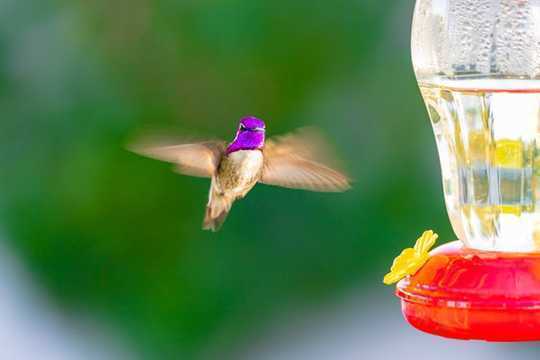
Millions of Americans enjoy feeding and watching backyard birds. Many people make a point of putting food out in winter, when birds needs extra energy, and spring, when many species build nests and raise young.

For years, Toni Genberg assumed a healthy garden was a healthy habitat. That’s how she approached the landscaping around her home in northern Virginia.

Trees and vegetation in urban heat islands turn green earlier in the year but are less sensitive to temperature change than vegetation in surrounding rural regions, according to a new study.

The tomato’s path from wild plant to household staple is much more complex than researchers have long thought.
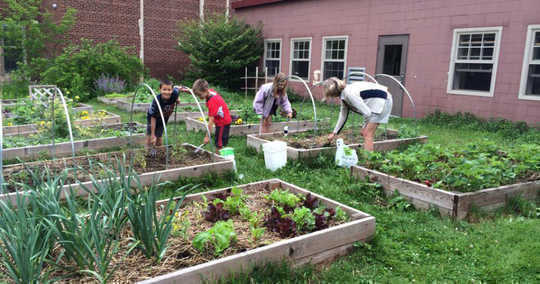
Rural school gardens get students back in touch with their food, a new study finds.
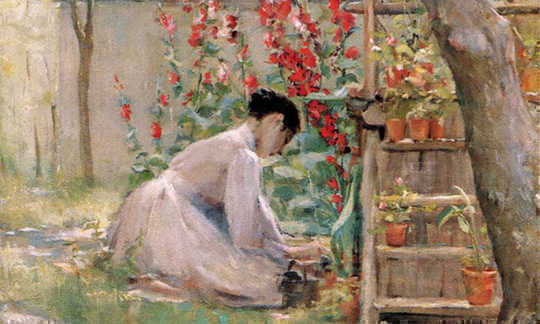
What’s not to like about gardening? It’s a great way to get outdoors, away from everyday routines, and to exercise your creativity.
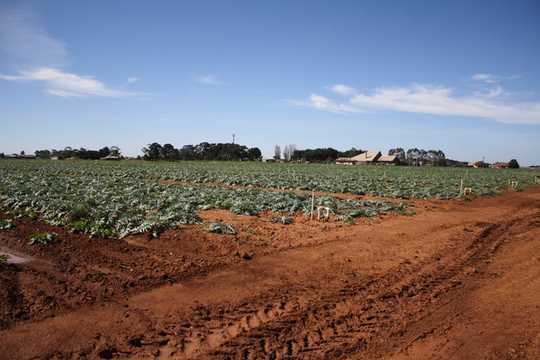
Australians eat a lot of water – the water that is used to produce our food. New findings from our Foodprint Melbourne study estimate that more than 475 litres of water is used to grow each person’s food every day.
Page 2 of 9

